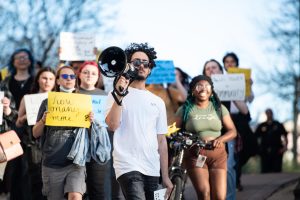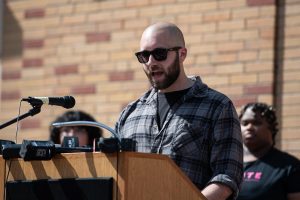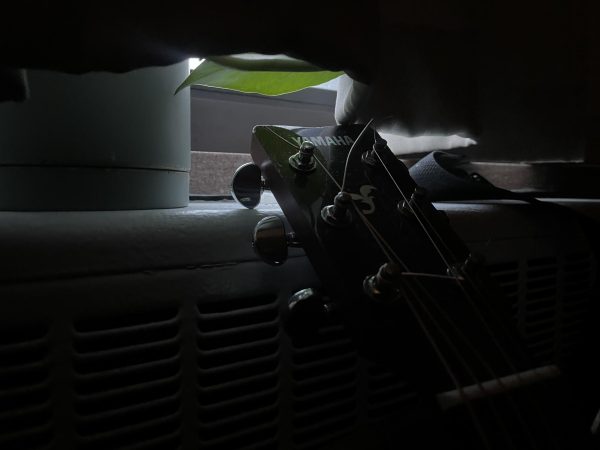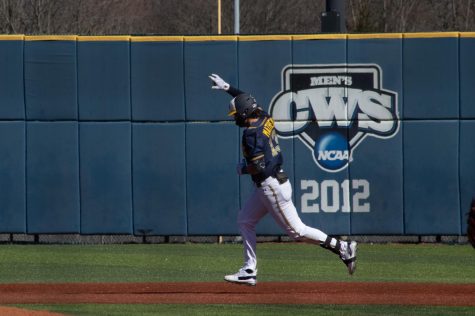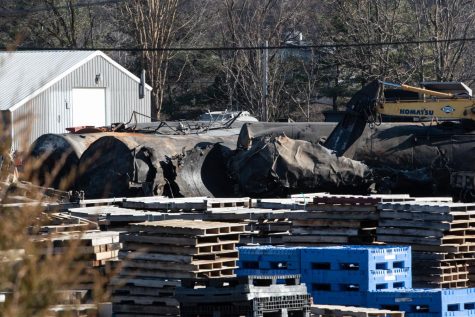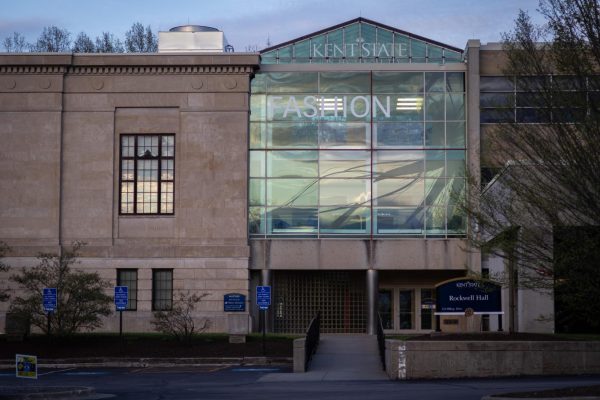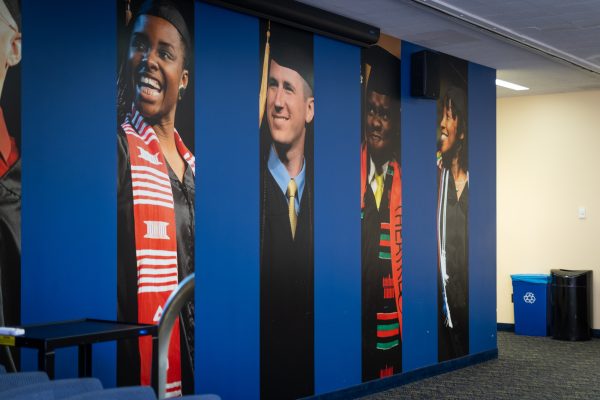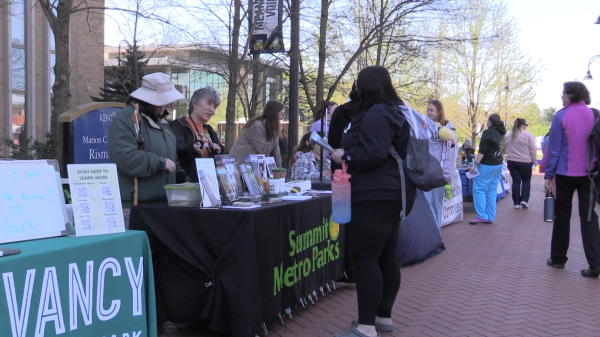‘You have to have lived through it,’ Lefton reflects
August 29, 2006
A sign outside a McDonald’s restaurant in Biloxi, Miss., shows the damage caused by Hurricane Katrina last year. GAVIN JACKSON | DAILY KENT STATER
Credit: John Proppe
One of President Lester Lefton’s most vivid memories of Hurricane Katrina is of refrigerators.
Lefton and his wife, Linda, evacuated New Orleans along with thousands of other residents before Hurricane Katrina hit last August. When they returned to the Big Easy, the city’s residents discovered their refrigerated food had spoiled in their absence.
“The streets of New Orleans were lined with refrigerators,” Lefton said. “Along the streets of New Orleans were hundreds of refrigerators, literally. The smell was terrible, putrid.”
Lefton, who was the provost of Tulane University when the hurricane hit, originally evacuated to Jackson, Miss., with 660 students from nearby universities two days before Katrina’s arrival.
“When Katrina came, it was much bigger than anyone expected, and we realized we weren’t going home,” Lefton said.
When the storm threatened to destroy Jackson, many New Orleans evacuees were forced to flee again, this time to Houston, Texas, where Lefton and his wife stayed for two and a half months.
Upon returning to New Orleans, the Leftons found the city near ruins. Stores and restaurants were either closed or open very limited hours, Lefton said. And although their house was spared from water damage, the roof was nearly destroyed.
Even though he was faced with the destruction of his own property, Lefton said he felt determined to help restore Tulane’s campus to its pre-storm prestige.
Tulane suffered more than $200 million in damage to buildings and research assets, Lefton said. The university hired Belfor USA, a disaster restoration company, whose 400 workers replaced pipes, wiring, flooring and more throughout campus.
“There were moments when we weren’t sure if it was going to get fixed,” he said. “There were a lot of people working their fingers to the bone until they were dog-tired.
“We had great leadership at Tulane. (President) Scott Cowen and other members of the team had a very ‘can-do’ attitude. We just kind of linked arms,” Lefton said.
By January, Tulane’s campus was fit to re-open for spring semester. Ninety percent of students, many of whom had spent fall semester taking classes at host universities, returned to Tulane, Lefton said.
Grateful to the many universities that served as refuges for displaced Tulane students, Lefton said institutions such as Cornell, Penn State and Boston University hosted as many as 200 students apiece, often tuition-free.
Neighboring Dillard University, a historically black school, was almost completely wiped out by the storm, Lefton said. When Tulane re-opened, it allowed Dillard faculty to teach classes on the campus and opened Tulane’s classes to displaced Dillard students.
“There were great shows of human spirit from New Orleans and all around the country,” Lefton said. “People can rise above to help one another out. There were incomprehensible acts of heroism.”
How can Lefton describe Hurricane Katrina to Kent State students, most of whom were completely removed from the storm’s direct effects?
“Imagine all of Akron, all of Kent, all of Stow and Cuyahoga Falls wiped out, out of business,” Lefton said. “You can’t imagine this. You have to have lived through it.”
And although he described himself as “not a Mardi Gras kind of guy,” Lefton said he still cares very much for Tulane and its students and will return to New Orleans in the future to visit friends.
He said he worries about the country’s dedication to rebuilding his former hometown after Katrina’s devastation.
“We can’t forget New Orleans,” he said. “If New York or Boston or San Francisco were hit by a hurricane or tsunami, there would be no question about rebuilding. Saying, ‘Well, New Orleans is below sea level,’ is unacceptable. It’s the role of the American people to do the right thing.”
Contact administration reporter Kate Bigam at [email protected].







